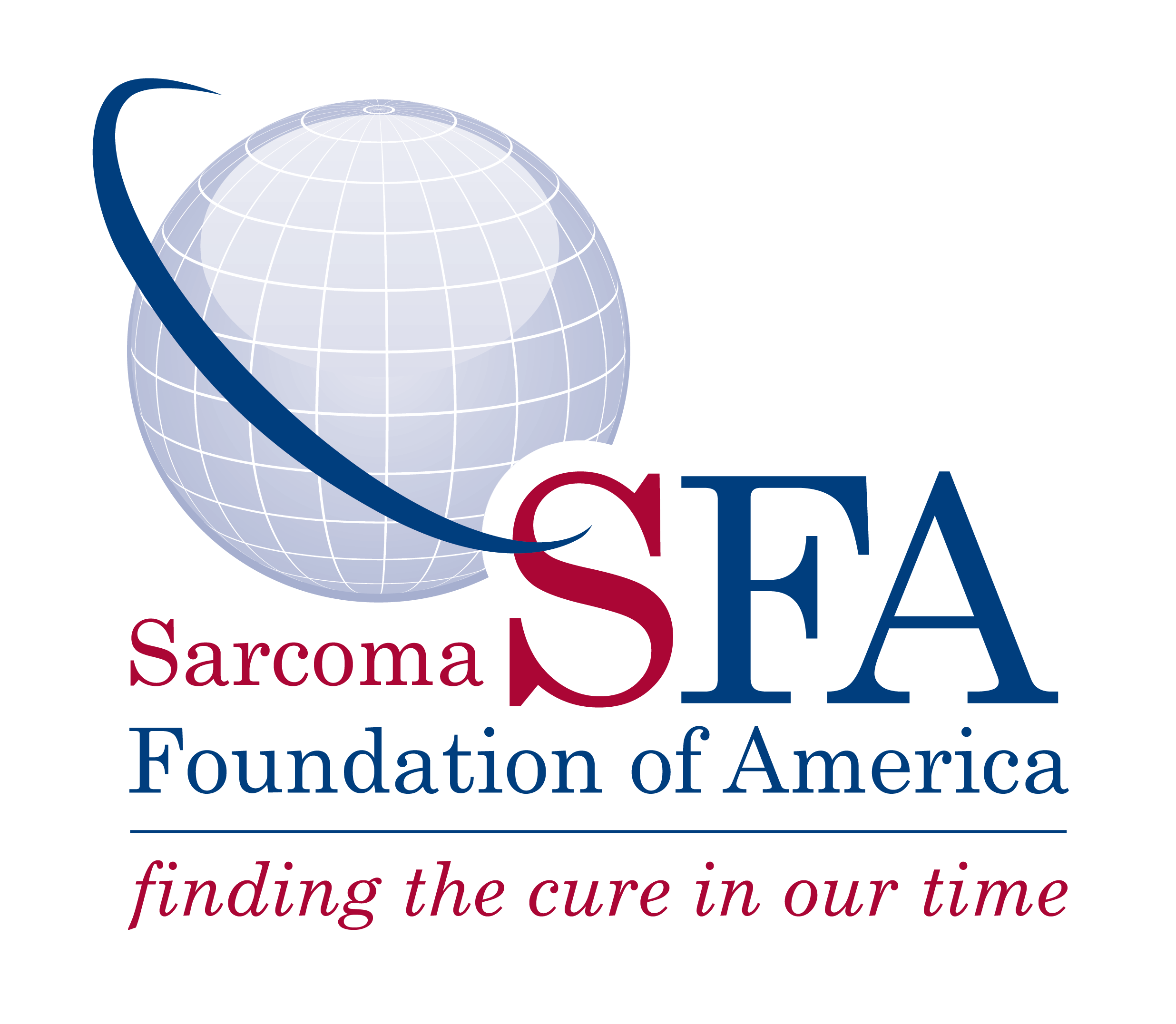Identification of causative mutations for Ewing sarcoma
Ewing sarcoma is the second most common form of bone childhood cancer, and its genetic hallmark is an aberrant fusion gene known as EWS/FLI1. It is unclear whether the expression of EWS/FLI1 alone is sufficient, or additional mutations are required for malignant transformation. Identifying the common mutations among Ewing sarcoma cells is a significant process for patient treatment because of the following reasons: i) mutations can be utilized as biomarkers and ii) chemical compounds that target the mutations are strong candidates for treatment. Tumor cells are not suitable for identifying the causative mutations because additional mutations are already accumulated. And there is no Ewing sarcoma animal model. Therefore, establishing Ewing sarcoma animal model allows us not only to identify the causative mutations required for malignant transformation, but also to screen for the candidate drugs for patient treatment.
Specific aim for this proposal is to determine whether expression of EWS/FLI1 leads to aneuploidy and Ewing sarcoma in zebrafish. In recent studies we reported that the EWS/FLI1 fusion protein leads to mitotic defects in human cells and zebrafish. We subsequently demonstrated binding between EWS/FLI1 and EWS that leads to inhibition of EWS activity. The hypothesis of this proposal is that the EWS/FLI1-induced mitotic defects leading to aneuploidy and to Ewing sarcoma formation. To address the hypothesis, we generated a conditional transgenic zebrafish line expressing EWS/FLI1, and are in the process of characterizing the lines. We will investigate the mutations caused by EWS/FLI1 or additional mutations if any required for Ewing sarcoma formation. Zebrafish is a suitable model for this project because it contains the microenvironment for malignant formation, and high fecundity (200 eggs/female/week) ensures statistical reliability for genetics. Zebrafish will provide an in vivo whole animal model amenable to genetic screening for second hit mutations, or chemical compounds for patient treatment.

